A quadrilateral with 2 pairs of opposite sides parallel and congruent is called a _______________
Parallelogram
Perpendicular lines form a ______ _______
Right angle
A location in space (no distance, height or width)
A point
How many squares will be in the next term?
15 squares
How many faces does this figure have?
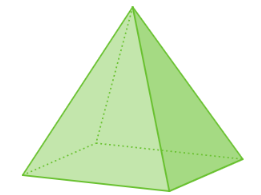
5 faces
A quadrilateral with exactly 1 set of parallel sides is called a _____________
Trapezoid
These lines are __________________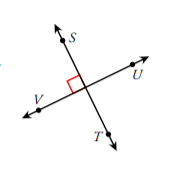
Perpendicular
Part of a line with 2 endpoints
Line Segment
How many blocks will be in the 6th term?
11 blocks
How many vertices does this figure have?
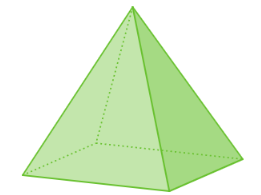
5 vertices
A parallelogram with 4 right angles is called a ___________________
Rectangle
These lines are ________________
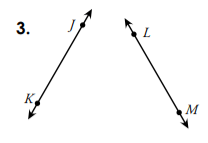
A part of a line with one endpoint and goes on forever in the opposite direction.
A ray
How many toothpicks would be needed to make the next figure?
How many faces are on this figure?
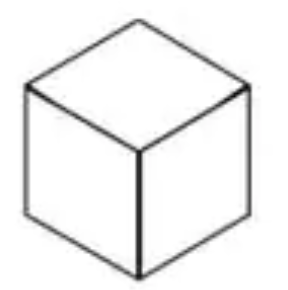
A parallelogram with 4 congruent sides is called a _________________
Rhombus
Line CD and Line EF are ___________________
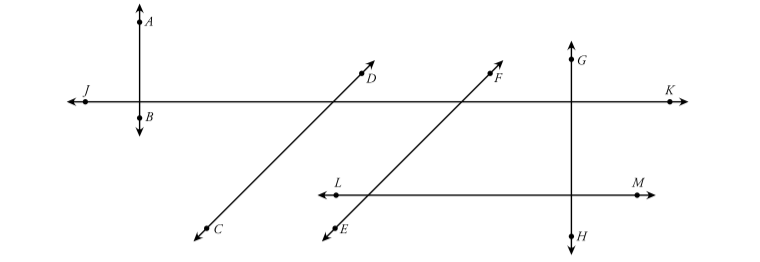
Parallel
Goes on forever in both directions
A line
How many squares will be needed for the 5th step?
15 squares
How many vertices are in the following figure?
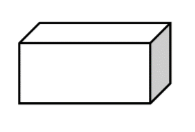
What are ALL of the names this figure could be called?
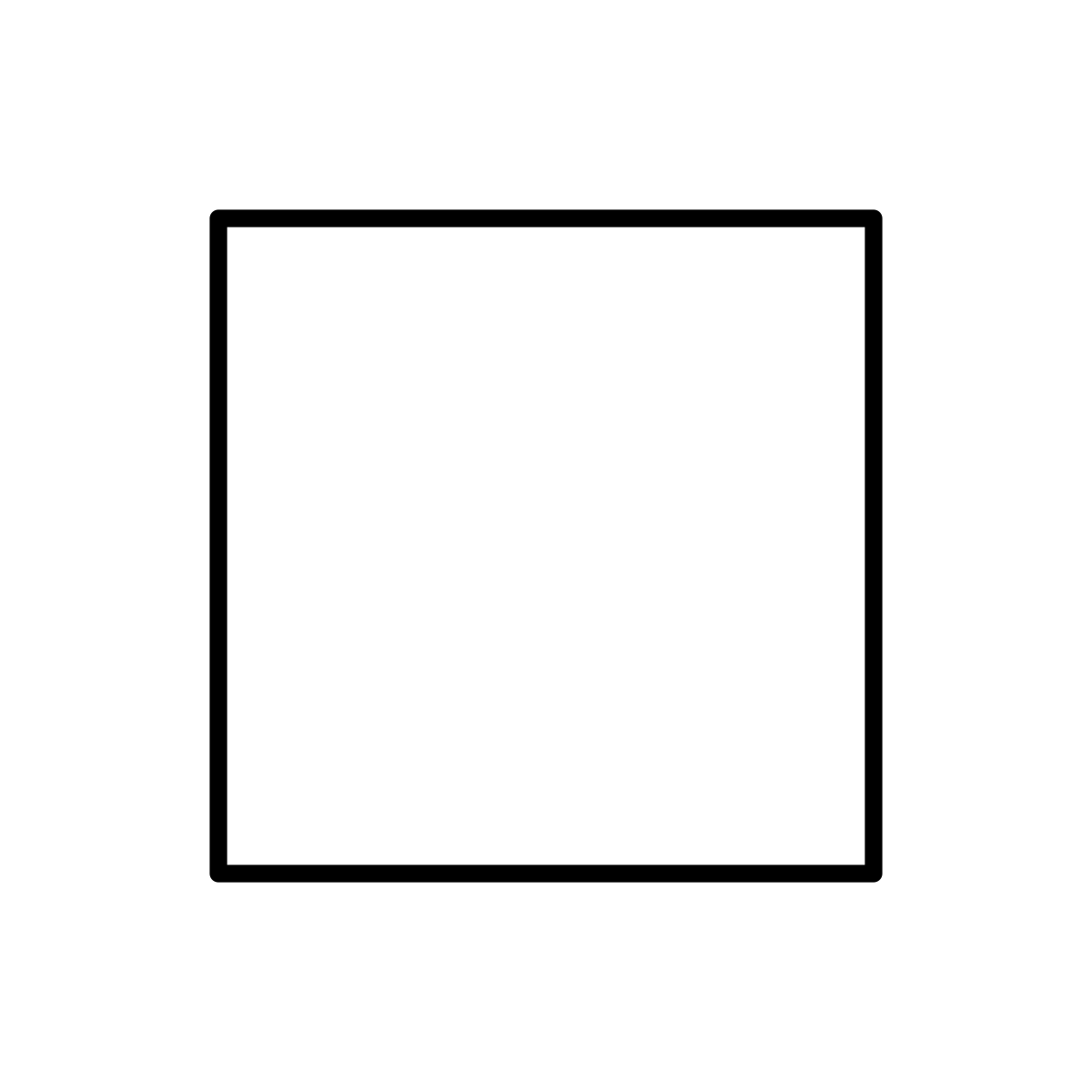
Square
Rectangle
Rhombus
Parallelogram
Quadrilateral
Bonus:
Polygon
Plane Figure (2D)
Line CD and Line AB are ________________
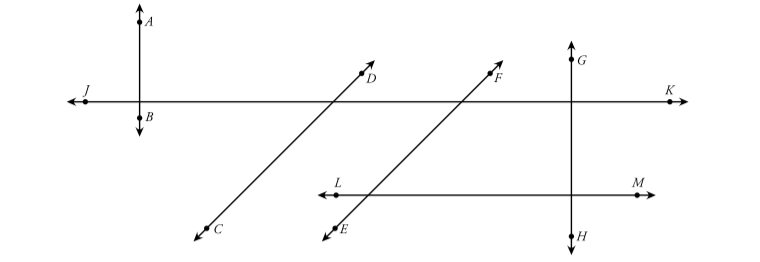
intersecting (or going to intersect)
This is formed when two rays, lines, or line segments intersect.
An angle
How many squares would be in the next term?

25 squares
How many edges are in both of these figures combined?
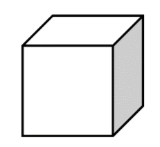
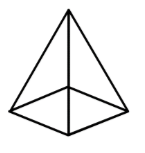
20 edges in total
What are ALL of the names this figure could be called?

Rhombus
Parallelogram
Quadrilateral
Bonus:
Polygon
Plane figure (2D)
Line GH and Line LM are _________________
Perpendicular
When two rays or line segments meet, the endpoint that joins them is called a ________
Vertex
How many squares will be in the next step?

20 squares
How many vertices are in both of these figures combined?
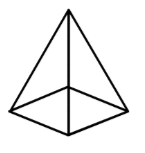
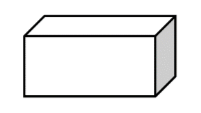
13 vertices in total